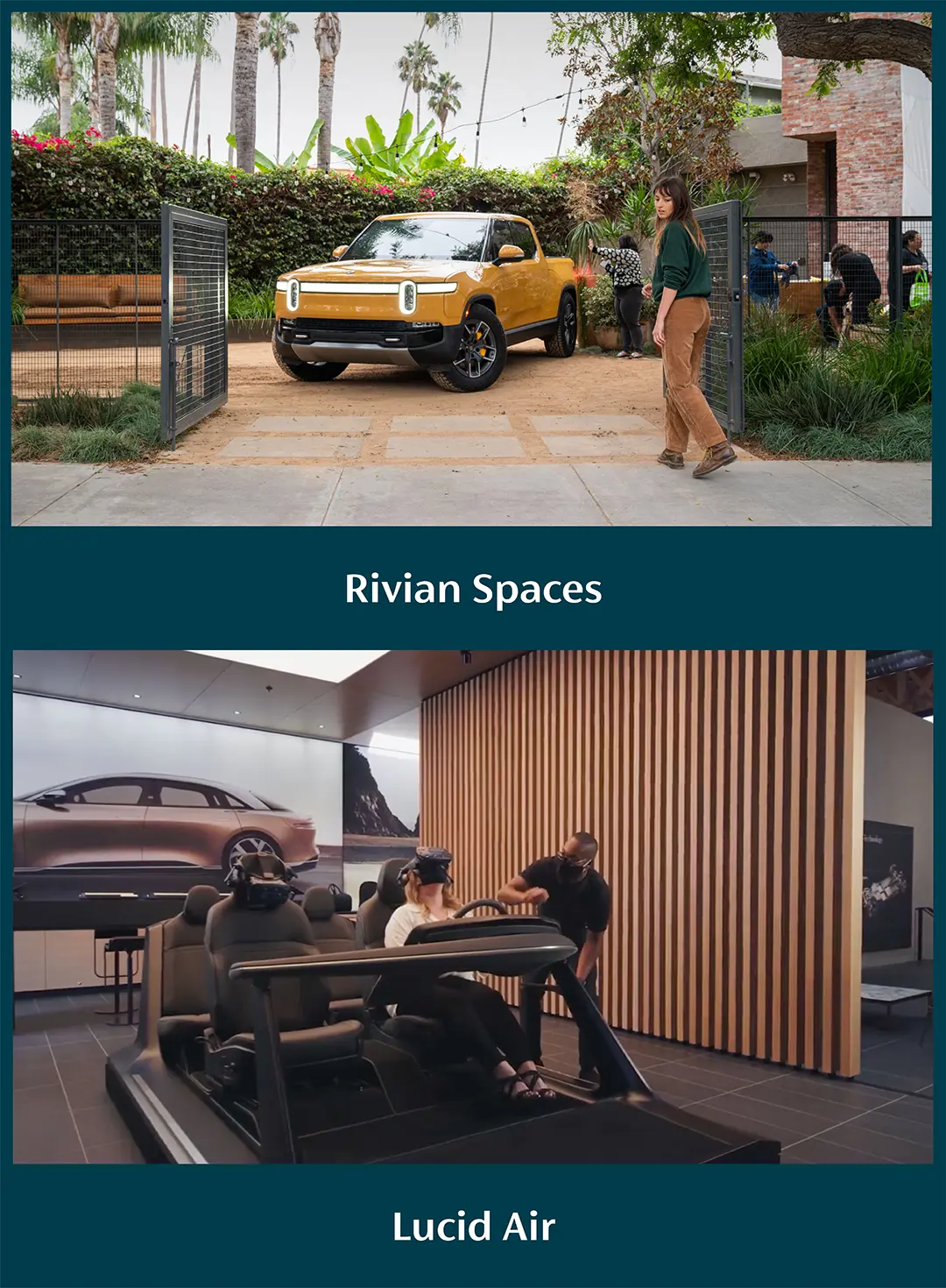The Automotive Customer Journey: Rewriting the Retail Playbook

I recently bought myself a new car. Having been loyal to my luxury car brand for two decades, it was time for a change, and I test-drove several other brands, only to settle on my original choice. The totality of my car buying process involved extensive internet searches, multiple dealership visits, countless online car builds, car magazine reviews, price negotiations, form submissions, and a lot of tedious back and forth. When all was said and done, I felt exhausted. My customer experience was anything but enchanting, aside from a few seconds hitting the gas at 160 km/h when I pretended to be back home in Bavaria “auf der Autobahn.”
Most customers would agree that car shopping can be a nuisance, even with a luxury car brand. The obligatory visit to the dealership (they all look identical and nondescript), stereotypical test drive, offer of a plastic bottle of water and cup of coffee while you sit around waiting for your advisor to check inventory and run permutations of pricing/build/availability, simply misses the mark. Especially when considering the average luxury car price tag in recent times, much more effort should be expended on inspired product reveals, elevated experiences, and differentiation. And, yet, most car brands fail to deliver.
Electric Vehicles (EV) Carmakers: The Disruptors
The automotive customer experience should be more engaging and memorable, whether the vehicle is a Bugatti or a BMW. Historically, the dealership model worked, and brands did not see a real need for change. In the US, this was also underpinned by strong franchise laws. However, with the entrance of pure-player EV brands, the paradigm is shifting, and quite seismically so.
Since the pure-player EV start-ups introduced a new product with limited inventory, and most vehicles are sold “to build,” they needed to identify a new retail concept and find significant points of differentiation. They were starting from scratch and had nothing to lose. From a CX point of view, they rewrote the book on automotive retail.

Most EV brands have adapted their sales model to resemble that of a retail boutique model. Tesla first introduced the retail showroom concept, opening in high-end shopping destinations and malls in the early 2010s. Lucid and Rivian, two American EV car makers, followed suit, clustering near high-end restaurants and boutiques. For time-strapped customers who are used to shopping online, the EV sales model is much more appealing, with a myriad of customization options online. In addition, the fact that EVs require fewer mechanical replacement parts and servicing and that much of the repair and maintenance is software-driven facilitates the EV retail model further. All these characteristics can strengthen brand loyalty and improve the customer experience. For example:
Rivian has ambitious growth plans, and while it currently only has a few retail locations, these are truly novel in their approach, as they are conceived as community spaces bringing customers together. “Experience spaces” feature employee speaking events, interactive gardening experiences with local experts, communal halls for creative projects and activities, and an open-air play space for kids, along with Rivian’s vehicles. In “Seasonal Spaces,” a concept focused on exploring the outdoors, Rivian plans to run indoor and outdoor pop-ups that include vehicle and gear rentals, with some located further in nature on protected land.
Lucid is focused on the DTC (Direct-To-Consumer) automotive sales model, with currently about 20 locations across the US. Lucid studios are conceived as technology hubs for an integrated digital experience, with Virtual Reality taking center stage. Customers can explore the Lucid Air independently or with a group by combining the physical and virtual worlds with a vehicle interior model and immersive VR. The VR configurator, the materials customers can touch and feel, the studio’s design, and the physical locations help customers get a better sense of the product. Customers can customize their visit according to their preferences.
Taking the Automotive Retail Journey to the Next Level with the Help of Technology
In addition to the existing experiential retail concepts, Web3 technology, including XR (mixed reality) and audio-spatial computing, could open a plethora of immersive experiences. This could replace at least the initial dealership visits and conversations with immersive experiences from the comfort of the customer’s home. A specialized service would provide comparative research, pricing, cost-benefit analysis, and immersive side-by-side virtual comparison. One example is RelayCars, which offers a mobile application with AR and 3D visuals that allow users to explore thousands of cars.
Imagine a scenario where, using VR, you could test drive a vehicle with a headset and complementary haptic devices and enjoy a very realistic “touch-and-feel” experience. You could conduct the entire sales conversation in the metaverse.
You would still visit a retail location for a physical test drive, but your experience could also feature immersive displays and informative simulations. Furthermore, you might be offered a personalized and unique immersive XR experience: virtual storytelling of the brand’s history and heritage, its manufacturing evolution, and even a virtual racetrack experience bringing the whole brand story to life. Here are a few examples of such experiences:

Porsche has used the metaverse to connect customers with virtual salespeople, including virtual brand ambassadors in China, to attract younger customers. In the vehicle service realm, which is also a part of the customer experience, Porsche recently announced a collaboration with Microsoft to leverage its HoloLens 2 and Dynamics 365 Mixed Reality applications to transform how its dealer partners maintain customers’ cars.
Acura, Honda’s luxury and performance division, set up a VR platform in the metaverse on Decentraland as part of a launch to introduce customers to the 2023 Integra model. This platform allows car buyers to walk through the dealership and engage in interactive experiences, including racing cars.
Adapting to the new Direct-To-Consumer (DTC) realities
Since the automotive sales model is still largely dictated by the parameters of the wholesale model, it is difficult for brands to control or reshape the retail experience. However, taking a page from the DTC model of pure-player EV brands, quite a few traditional carmakers are beginning to transform and tentatively venture into the world of DTC. As the automotive retail experience is quickly evolving and customers expect more from their car brands, carmakers will need to find creative ways to uplevel the experiential component of their sales model. Technology is bound to play a significant role in this. At CXG, we have experience working with automotive brands to enhance their customer journey and can assist in these exciting transformations!




